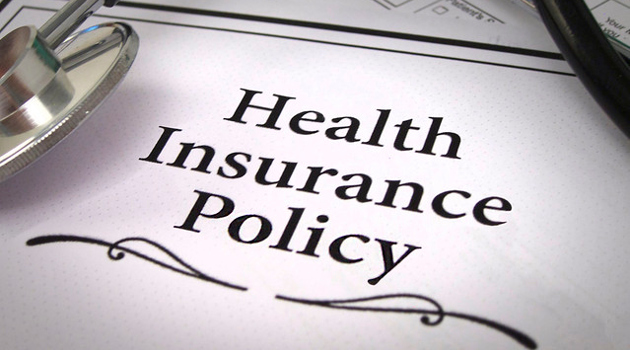The main problem with America’s health care system is government intervention (Medicare, Medicaid, the tax code’s healthcare exclusion, etc).
The main symptom of all that intervention is pervasive “third-party payer,” which is the term for a system where people buy goods and services with other people’s money.
 And pervasive is no exaggeration. According to government data, nearly 90 percent of health care expenditures are paid for by someone other than the consumer.
And pervasive is no exaggeration. According to government data, nearly 90 percent of health care expenditures are paid for by someone other than the consumer.
And that means buyers are not sensitive to price. Which means sellers have little incentive to be efficient and keep prices under control.
The net effect is that the free market is not allowed to operate in most parts of the health care system. So it shouldn’t be a surprise that we have ever-rising costs and lots of bureaucracy.
Let’s look at an example.
One of my former colleagues, Michael Cannon, recently wrote about what happened when Obamacare mandated that birth control be covered by insurance (third-party payer) rather than being directly purchased by consumers.
The Affordable Care Act (ACA) dramatically expanded insurance coverage for prescription contraceptives such as “the pill.” From August 2012 through January 2014, the federal government phased in the ACA’s requirement that nearly all private health insurance plans must cover all Food and Drug Administration‐approved prescription contraceptives with no cost‐sharing. …As a result of these changes, the share of consumers who are sensitive to the price of contraceptives plummeted.
…among women with large‐employer coverage who use oral contraceptives, “the share experiencing out‐of‐pocket spending…declined from 94 percent in 2012 to 11 percent in 2017.” …The ACA’s reshaping of the market for oral contraceptives precisely coincided with a dramatic increase in prices for those items. …As the mandate began to take effect and as the ACA made oral contraceptives seem “free” to more purchasers, prices for hormones and oral contraceptives began to rise. …Once the mandate took full effect, prices began to rise rapidly. From May 2013 through May 2019, while real prices for non‐prescription drugs and prescription drugs overall rose just 12 percent and 37 percent, respectively, prices for hormones and oral contraceptives rose 108 percent. …these data suggest that trying to make oral contraceptives “free” for insured consumers had the unintended consequence of making them far more expensive.
Here’s the chart, which is a powerful – and depressing – illustration of how government intervention leads to rising prices.
Notice how birth control costs (the orange line) begin to skyrocket as the Obamacare mandate took effect.
Another depressing thing to consider is that consumers get tricked into thinking that birth control is free.
In reality, of course, the higher costs get built in to the price of health insurance, which then means less take-home pay for the people who thought they were benefiting. But since they don’t understand that this is what’s happening, they decide their employers are too greedy or that compensation is stagnant.
Sigh.
Needless to say, the companies selling birth control lobbied to get their product automatically covered. After all, they knew they could raise prices (as shown in the chart) once customers started buying with other people’s money.
P.S. Several years ago, Sandra Fluke got her 15 minutes of fame by asserting that she had a right to third-party-financed birth control. That led to some clever jokes, including this cartoon, these images, this cartoon, and this video.
P.P.S. When markets are allowed to operate in healthcare, relative prices fall.
P.P.P.S. Government-created third-party payer is also generating higher costs and needless bureaucracy in higher education.
———
Image credit: Pictures of Money | CC BY 2.0.


